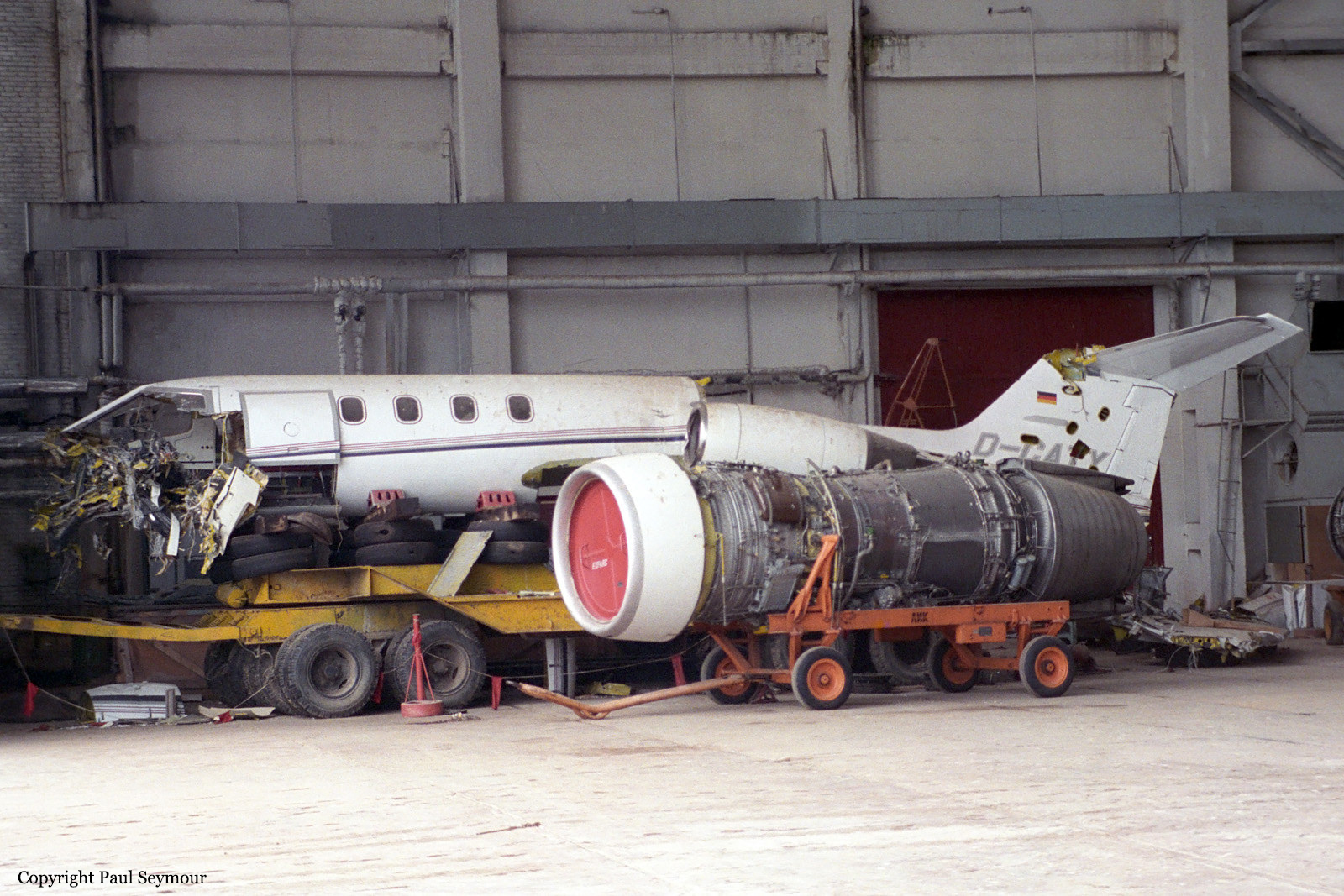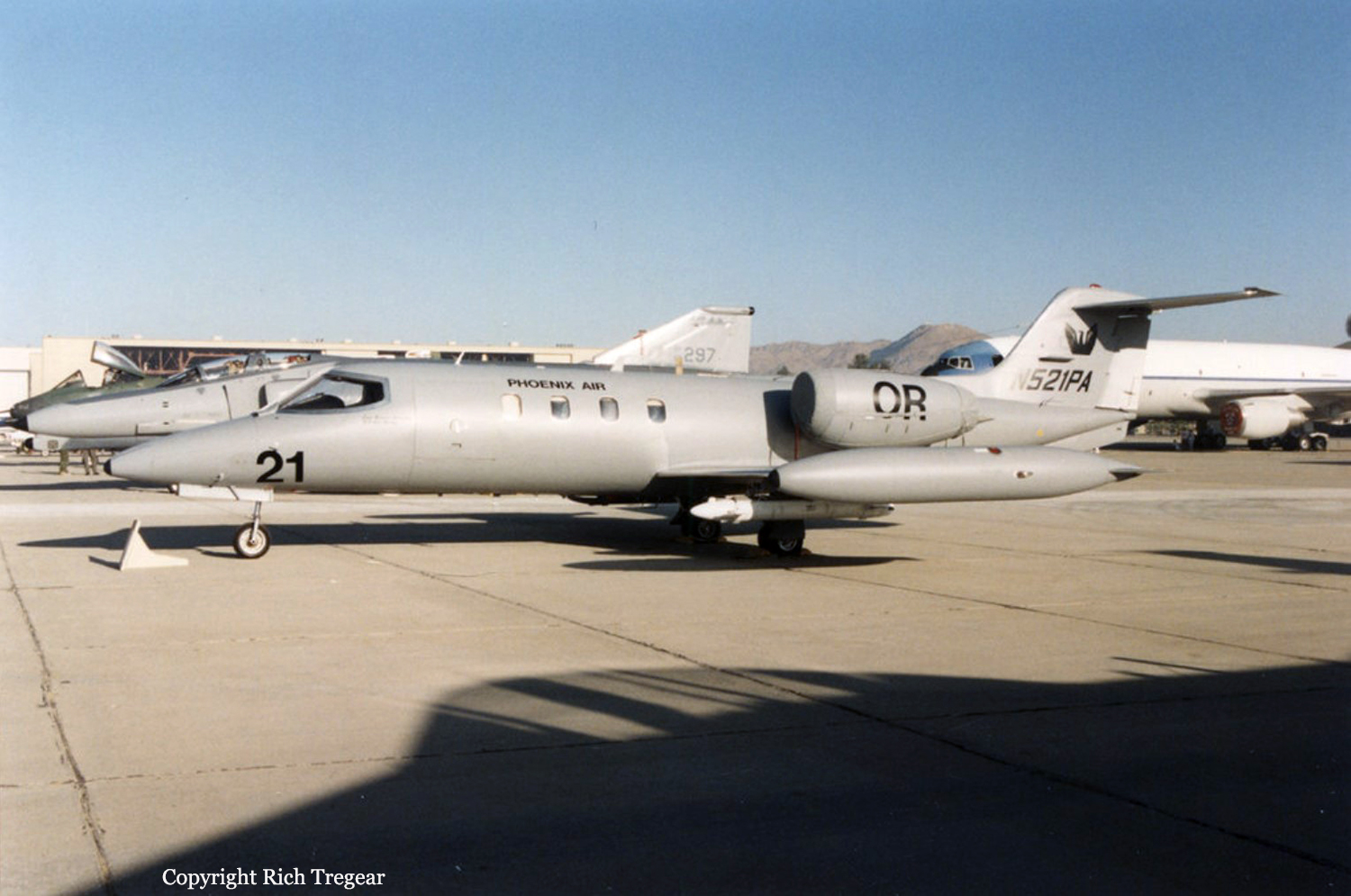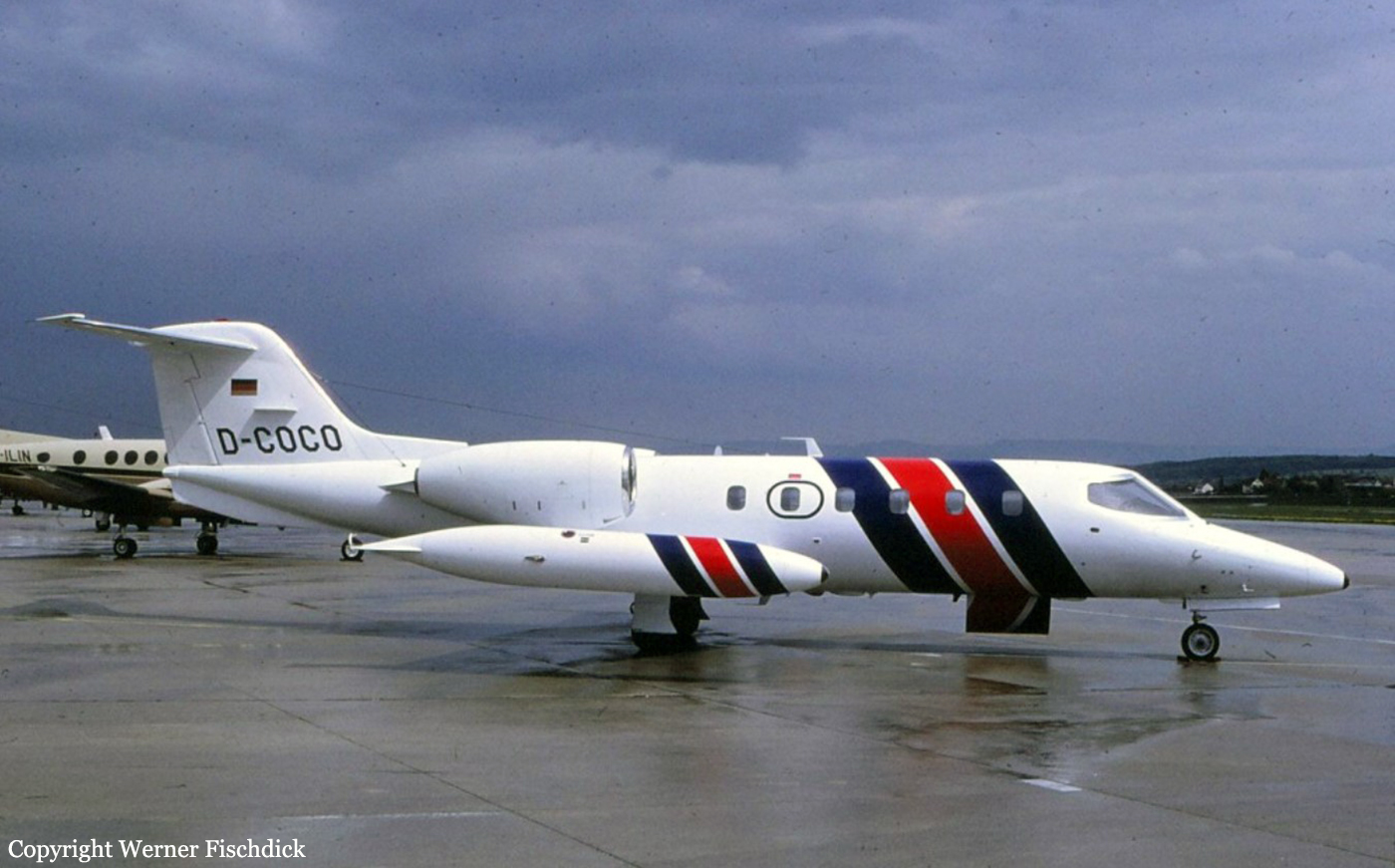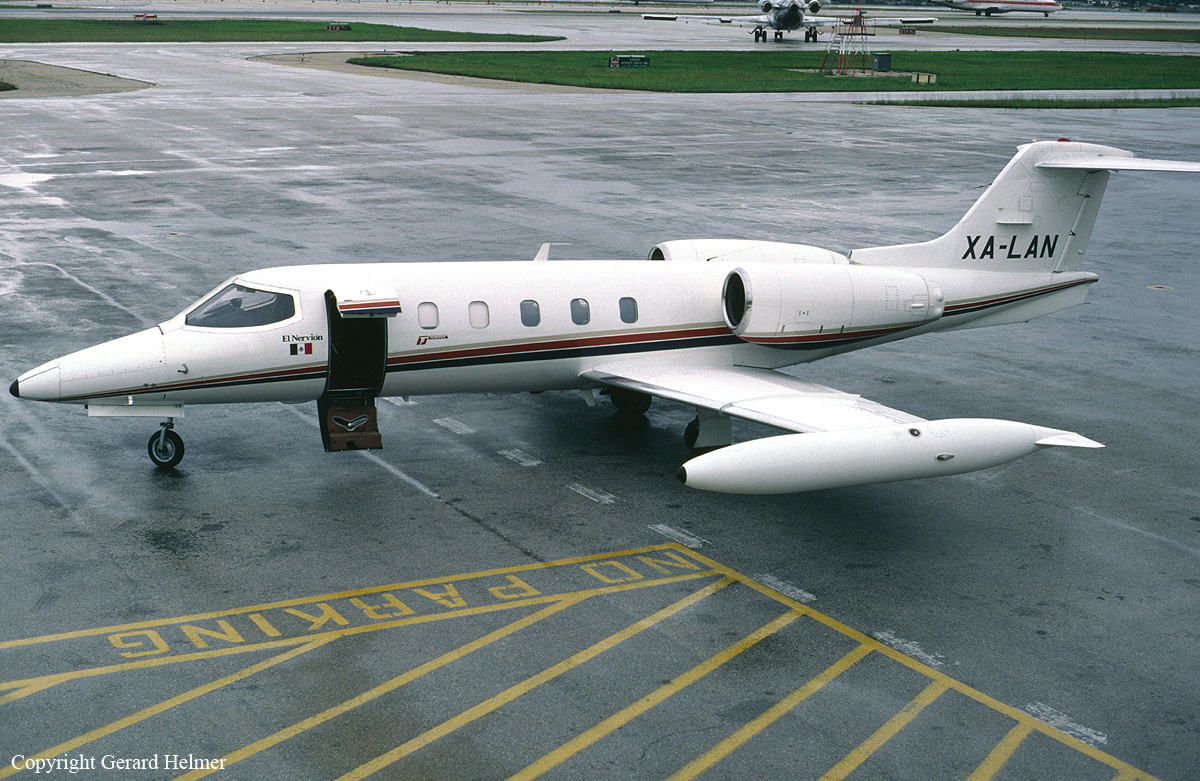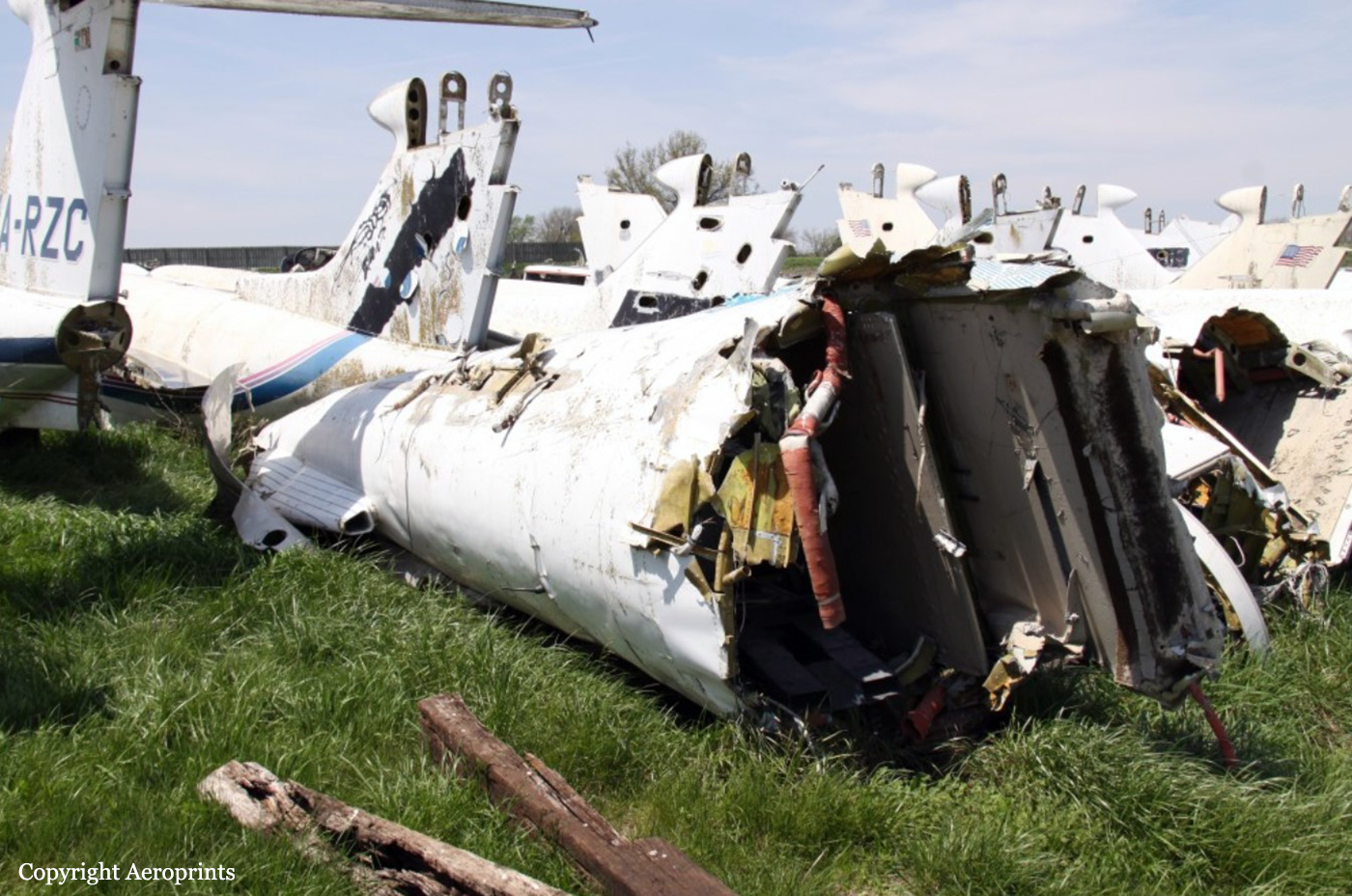Crash of a Learjet 35A in Tepic: 2 killed
Date & Time:
Jun 22, 1995 at 2330 LT
Registration:
XA-SWF
Survivors:
Yes
Schedule:
Ciudad Obregón - Toluca
MSN:
35-391
YOM:
1981
Crew on board:
2
Crew fatalities:
Pax on board:
4
Pax fatalities:
Other fatalities:
Total fatalities:
2
Circumstances:
The aircraft departed Ciudad Obregón Airport at 2001LT on a charter flight to Toluca, carrying four passengers and two pilots. For unknown reasons, the crew cancelled the flight plan and returned to Ciudad Obregón. A second takeoff was recorded at 2118LT and en route, the crew cancelled again the flight plan as he wanted to divert to Tepic, then Guadalajara and later Puerto Vallarta. After ATC informed the crew that Guadalajara Airport was closed to traffic, the crew finally decided to fly to Tepic. But this airport was also closed to traffic. On final approach to Tepic Airport, the crew failed to realize his altitude was insufficient when the aircraft struck the ground and crashed 8,3 km short of runway 02. At the time of the accident, the airport was closed and the approach light system was off. One of the passenger was the drug lord Héctor Luis Palma Salazar who was later arrested.
Probable cause:
The crew attempted to land by night on an airport that was closed to traffic (opening time 0600-1800LT) and continued the approach below the minimum safe altitude until the aircraft impacted terrain.
Final Report:





